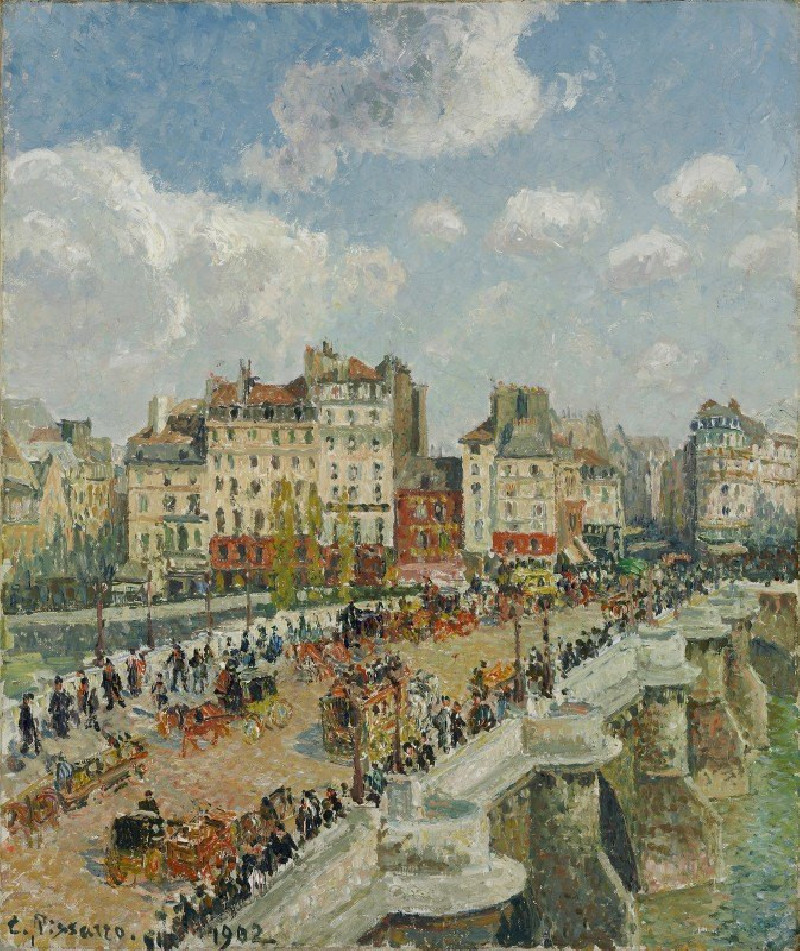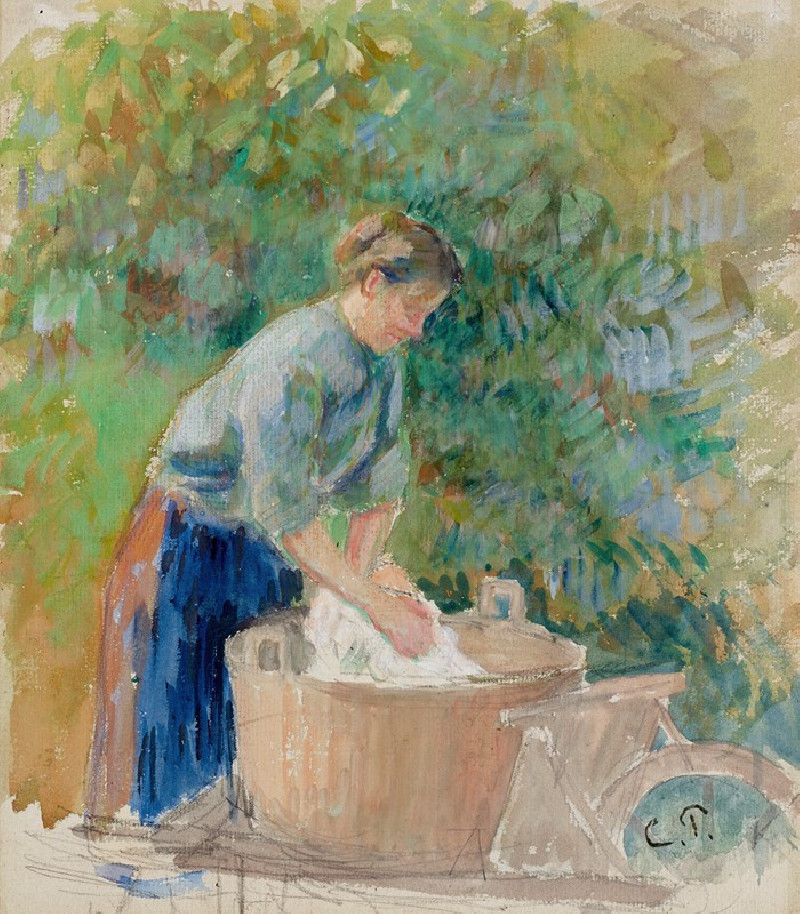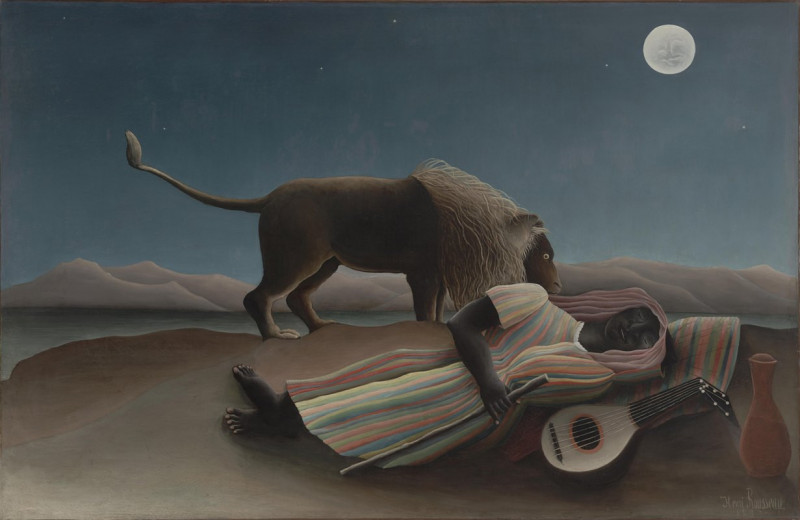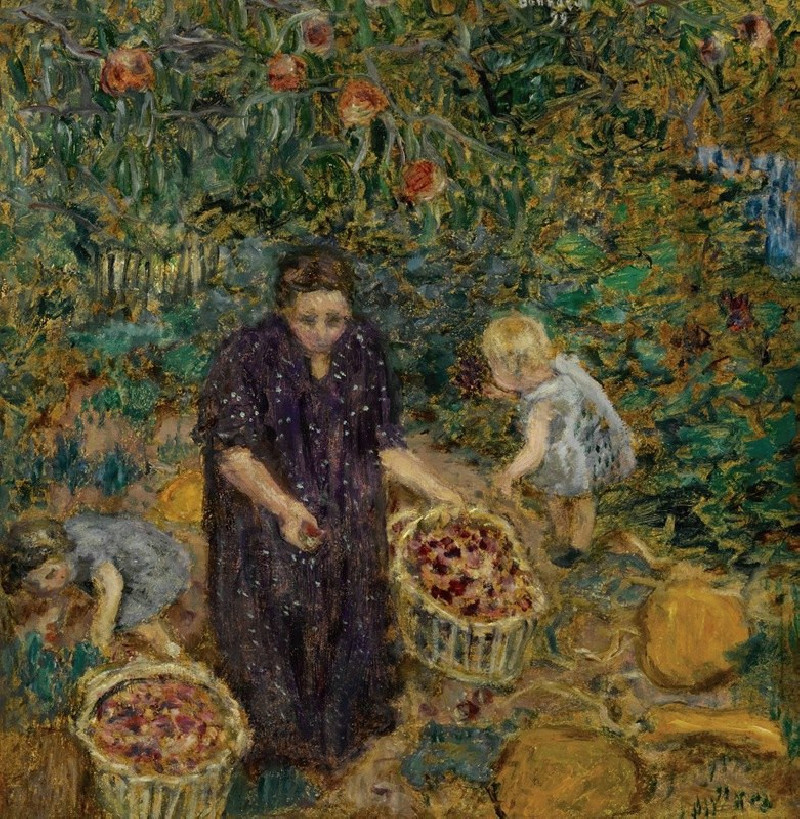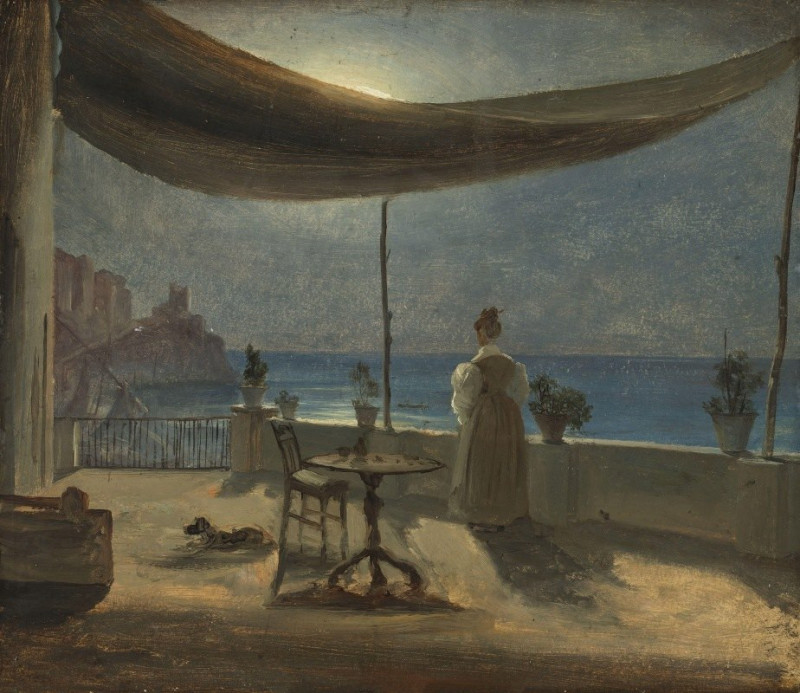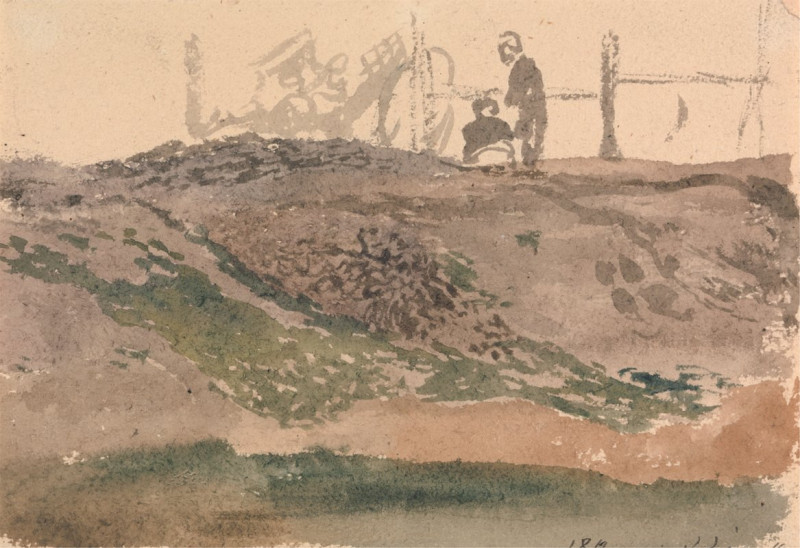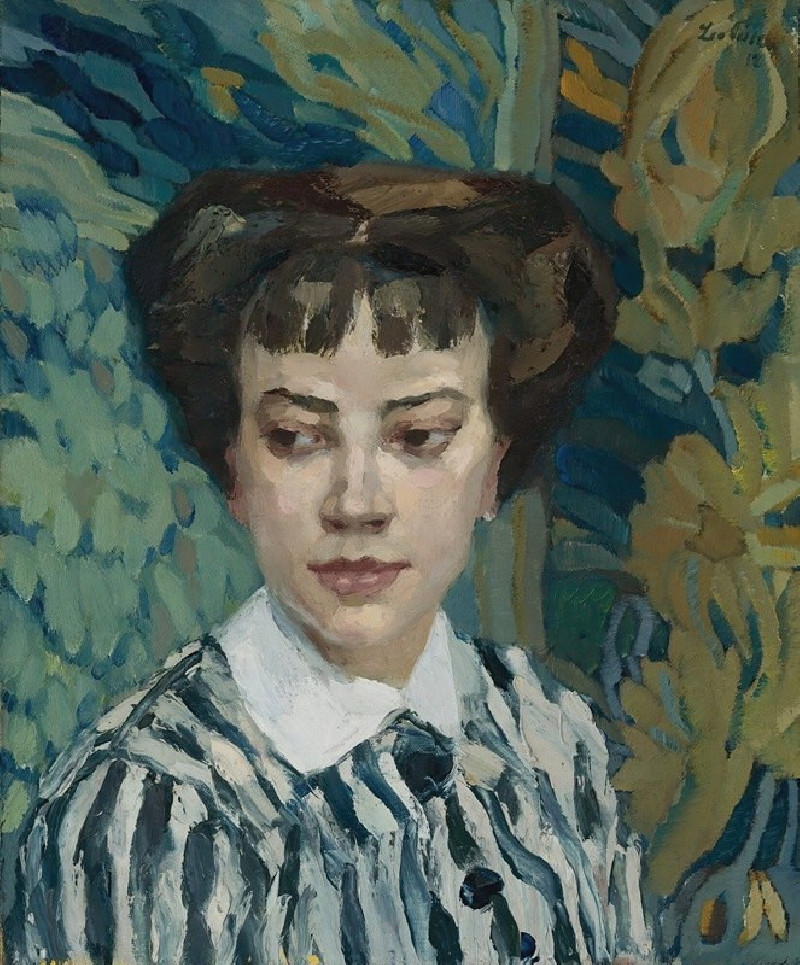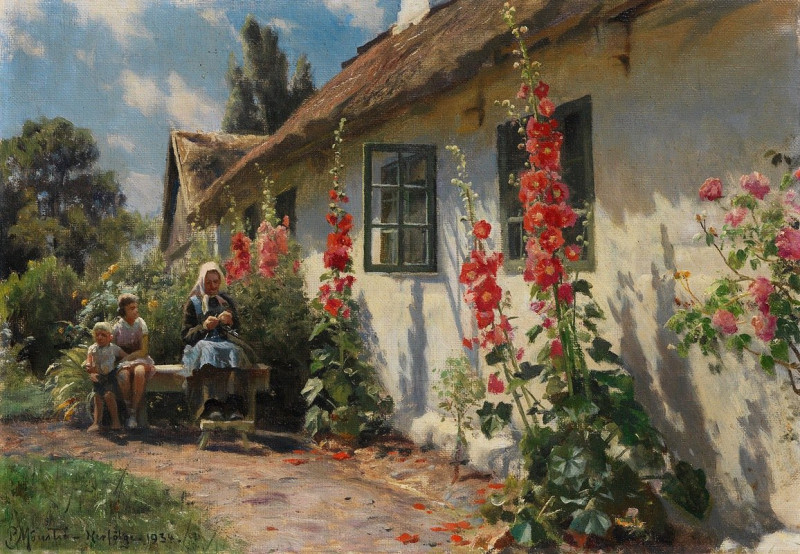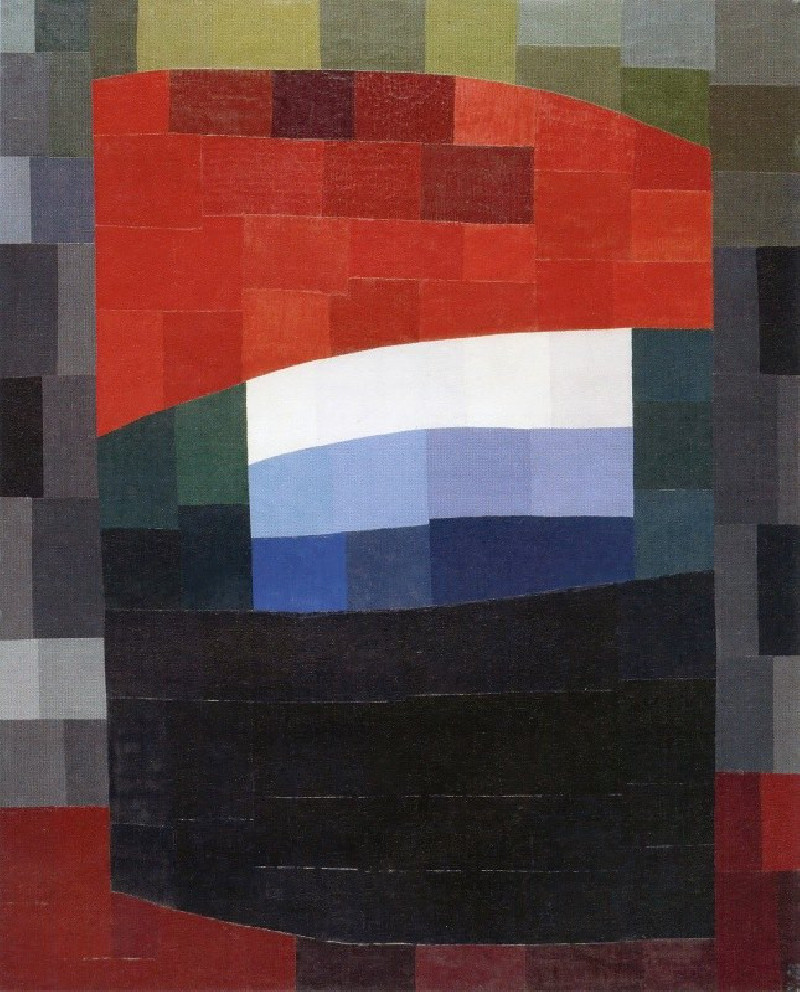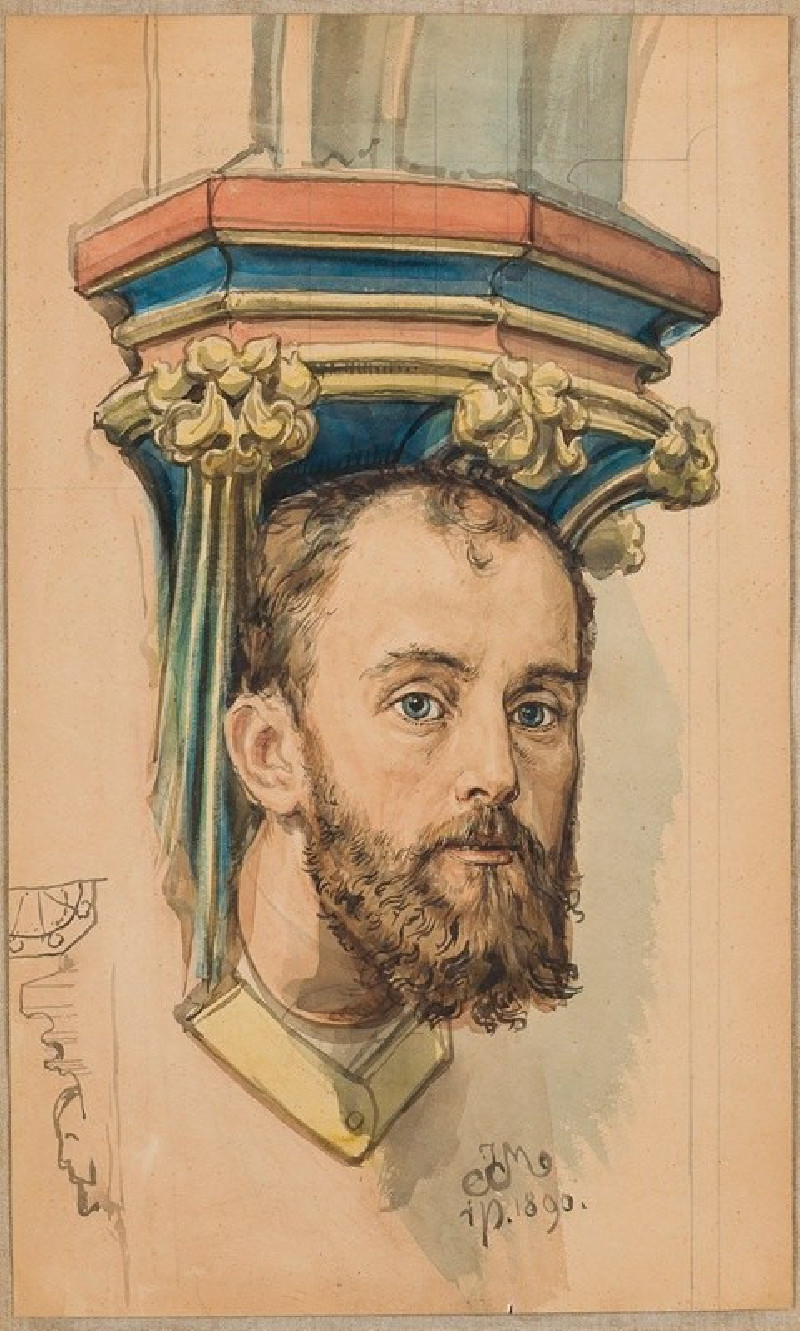The Pont-Neuf
Technique: Giclée quality print
Recommended by our customers
More about this artwork
Camille Pissarro, a central figure in the Impressionist movement, invites viewers into the bustling streets of Paris with his painting "The Pont-Neuf." Painted in 1902, this artwork captures the vivacity and rhythm of city life at the turn of the century through Pissarro’s characteristic brushstrokes and keen sense of light.The painting offers a lively portrayal of the Pont-Neuf, the oldest standing bridge across the river Seine in Paris. The viewer’s eye is drawn to the flurry of activity on the bridge and the nearby streets; dotted with pedestrians, carriages, and street vendors, each element contributes to the animated atmosphere of the scene. The architecture of the surrounding buildings is depicted with a blend of precise detail and impressionistic abstraction, showcasing the charming facades prevalent in Parisian urban landscape.Pissarro’s use of color and light accentuates the dynamism of the urban setting. The cloudy sky, painted with wide, vigorous brushstrokes of blues and whites, instills a sense of movement that mirrors the busy scene below. Meanwhile, the reflections on the water under the bridge add a serene balance to the composition, reminding us of the natural elements present even in heavily urbanized settings.
Delivery
Returns
Blessed are they who see beautiful things in humble places where other people see nothing. — Camille Pissarro
Camille Pissarro (1830-1903) was born on St.Thomas (now the US Virgin Islands) to a Portuguese father and a Dominican mother. He went to Paris to study art at Ecole des Beaux-Arts. He was an early pioneer of pointillism and neo-impressionism and later became a mentor of many famous impressionist painters including Cezanne, Manet, Renoir, and Gauguin. His paintings depicted rural and urban French landscapes and lifestyle. Many of his works politically captured images of peasants and laborers. Today, he is considered the father of impressionism.

